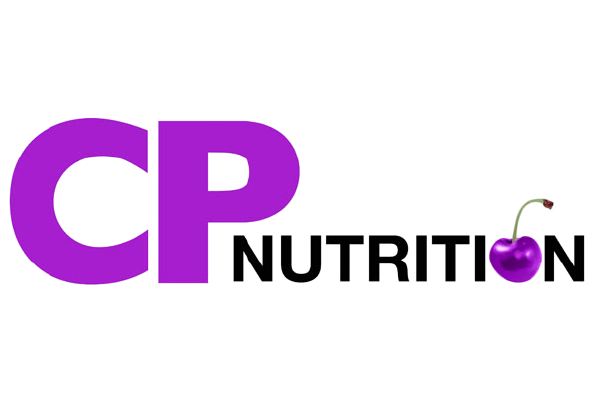Nutrition For The Menopause
What is the menopause?
The menopause is a natural consequence of ageing. It occurs when oestrogen levels fall and can be defined as the time when menstruation stops. The time leading up to the menopause is called perimenopause, which is when the ovaries are running out of eggs, and this may result in symptoms such as hot flushes, night sweats, insomnia, reduced libido, memory and mood changes.
Physical changes during the perimenopause include higher blood pressure, changes in cholesterol levels which increases risk of heart disease and loss of calcium from the bones, increasing osteoporosis risk.
Hormone replacement therapy (HRT) may be prescribed to help manage menopausal symptoms as it increases oestrogen levels but lifestyle changes such as nutrition, movement and stress management may also be used. Women with good health behaviours tend to have fewer and less severe symptoms. Rather than changing your entire way of eating, menopausal nutrition is all about small tweaks here and there to adapt to this stage of life.
What foods and nutrients are beneficial during the menopause?
Protein
As we age, protein turnover increases. Aim to consume good protein sources at least twice a day to ensure the broken-down proteins are replaced. Good sources of protein include fish, meat, poultry, eggs, lentils and pulses.
Calcium and Vitamin D
Post-menopausal women lose about 1% of bone mass each year therefore perimenopause is the last chance to lay down bone mass. The easiest way to boost our calcium to increase bone mass is with dairy products such as cheese, yogurt and milk. Non-dairy sources include bony fish, cooked leafy greens, beans and tofu. Also, adequate vitamin D consumption is necessary to support bone health; during the winter months (end of September to the start of March) supplement with 10-25ug of vitamin D. Vitamin D and calcium prevents osteoporosis, the thinning of the bones which increases the risk of breakage.
Unsaturated Fat
A reduction is oestrogen is linked to an increased risk of heart disease. Try to increase the amount of unsaturated fat in the diet compared to saturated fat by adding avocado, nuts, seeds, vegetable oils and oily fish. It is important to note that cheese, yoghurt and whole milk don't increase the risk of heart disease despite being sources of saturated fat.
Omega-3
Omega-3 is an essential fatty acid which can help prevent inflammation, boost mood and improve insulin resistance. Food sources of omega-3s include oily fish like salmon, mackerel, sardines, herring, halibut, striped bass and fresh tuna. Plant-based sources of omega-3 include walnuts, chia seeds, flax seeds and algae oil. Omega-3 can also help reduce the amount of circulating fats in the blood which can help manage cholesterol levels.
Phytoestrogens
Phytoestrogens are plant oestrogens and may alleviate some menopausal symptoms. Although the evidence for phytoestrogens efficacy is mixed. Good sources include soy products and chickpeas so try adding some tofu (which is also protein-rich) or hummus (which is also fibre-rich) into your diet. The BDA notes that it can take two to three months of phytoestrogens to offer benefits and the results differ in each person.
Other Useful Tips
To manage unpleasant symptoms like hot flushes, try to keep cool by wearing easy-to-remove layers, carrying a handheld fan and drinking plenty of cool drinks.
Focus on ways to maximise sleep as this can often be disrupted by night sweats and insomnia. Try screen-free time for a few hours before bed and make sure your bedroom is dark, at a cool temperature and free of noise - you may need to invest in earplugs!
Stress management techniques are especially important to cultivate during the menopause. Stress levels tend to increase around this time likely due to the changes in hormone levels. Try mindfulness practices such as yoga or meditation and invest time into hobbies such as reading or crafting to help you relax.
Thanks to guest writer, Alex Williams for her help with this blog post.


